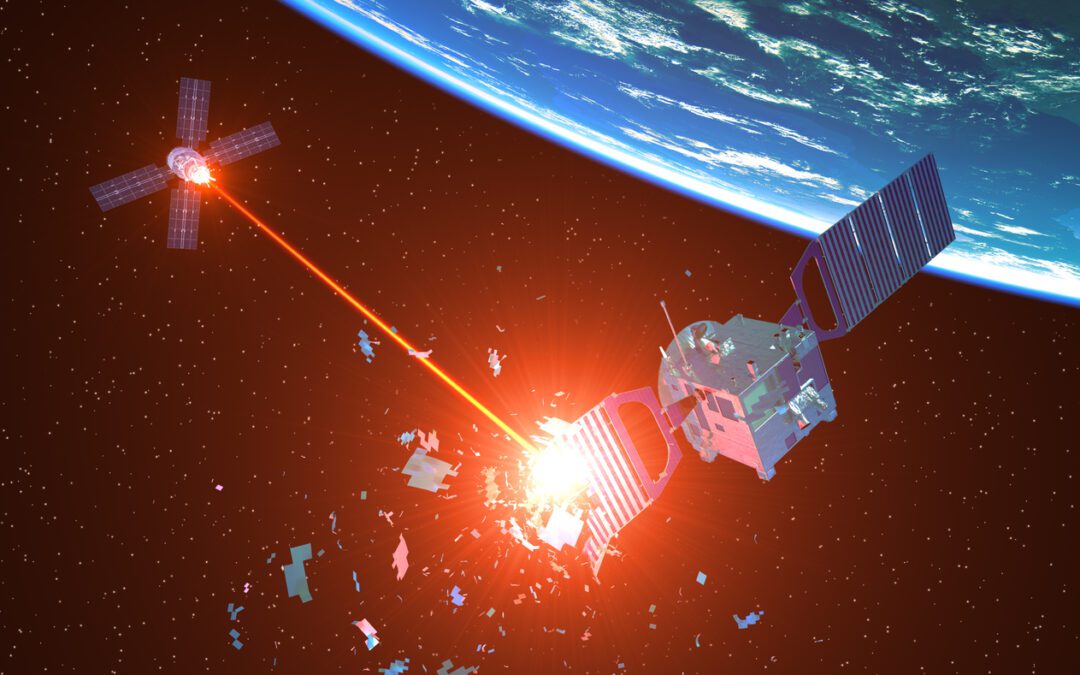In an era where satellites are critical to military operations, communication, navigation, and civilian infrastructure, the race to dominate—and defend—space is accelerating. As the United States advances its space weapons programs, it does so in a geopolitical environment increasingly defined by rival powers Russia and China, both of which have aggressively developed anti-satellite (ASAT) technologies.
Why Space Matters
Modern military operations rely on space assets for precision strikes, reconnaissance, communications, and global positioning. Civilian sectors—finance, weather, shipping, agriculture, and aviation—are equally dependent on satellites. Losing these capabilities could paralyze entire economies and militaries.
U.S. Space Weapons Strategy
The U.S. has long maintained a technological edge in space, but recent adversarial advances have prompted a shift from passive satellite development to active defense and deterrence strategies. Leading this effort are the United States Space Force (USSF), U.S. Space Command (USSPACECOM), and the Defense Advanced Research Projects Agency (DARPA).
Space Force & Space Command
USSF is tasked with organizing, training, and equipping forces to protect U.S. interests in space. USSPACECOM focuses on operational command and control. Together, they are developing layered defenses that include kinetic and non-kinetic options, cyber capabilities, electronic warfare, and rapid response satellite deployment.
DARPA’s Role in ASAT Defense
DARPA, the Pentagon’s science and technology incubator, plays a pivotal role in researching future-proof countermeasures. Key programs include:
- Project Blackjack: A network of low-Earth orbit (LEO) satellites that use commercial tech for resilient and decentralized capability.
- RSGS (Robotic Servicing of Geosynchronous Satellites): Designed for in-space maintenance and anomaly response to keep satellites operational during attacks.
- MOIRE (Membrane Optic Imager Real-Time Exploitation): Aimed at detecting fast-moving threats like ASAT missiles and space debris.
- SPACE-BACN: A program enabling satellite constellations to communicate securely across disparate platforms—crucial for redundancy during attacks.
- LASER SHIELD Initiatives: Research into using directed energy weapons to disable hostile satellites or inbound kinetic threats without creating orbital debris.
DARPA is also working on dynamic maneuvering satellites—micro or cube satellites that can avoid incoming threats and respond with offensive or defensive actions in real time.
Russia’s ASAT Posturing
Russia has tested a variety of anti-satellite weapons. The most visible was the 2021 direct-ascent ASAT missile that destroyed one of its own defunct satellites, generating over 1,500 pieces of debris. The test drew widespread condemnation and highlighted the dangers of kinetic ASAT approaches.
Russia’s other capabilities include:
- Co-orbital weapons: Satellites capable of approaching and potentially damaging other satellites via manipulation or explosive payloads.
- Electronic warfare: Ground-based systems like Tirada-2S designed to jam or disrupt communications and GPS signals.
- Nudol missile system: Russia’s known direct-ascent ASAT system intended to intercept satellites in LEO.
China’s Expanding Space Arsenal
China has emerged as perhaps the most formidable space adversary. It launched its first successful ASAT test in 2007, creating thousands of debris fragments and igniting global concern. Since then, China has focused on rapid modernization and strategic ambiguity.
Chinese capabilities include:
- SC-19/SC-21 Missiles: Ground-launched ASAT systems capable of targeting LEO assets.
- Shijian-17 and Shijian-21: “Inspector” satellites with robotic arms and proximity capabilities that suggest dual-use potential for sabotage.
- Cyberattacks and Jamming: China’s military has incorporated cyber and signal interference into its doctrine for space dominance.
- Spaceplane Developments: Similar to the U.S. X-37B, China’s reusable spaceplane poses unknown offensive capabilities.
The Road Ahead
The future of warfare will increasingly be decided in orbit. The U.S. response must be both defensive and strategic—ensuring space-based assets can withstand and recover from attack while maintaining a deterrence posture that discourages aggression.
DARPA’s forward-leaning initiatives and the broader U.S. military’s space posture represent an evolving doctrine: one that understands space is no longer a sanctuary, but a contested domain. As adversaries innovate, the U.S. must match them not just with weapons, but with resilience, redundancy, and the will to defend the ultimate high ground.

